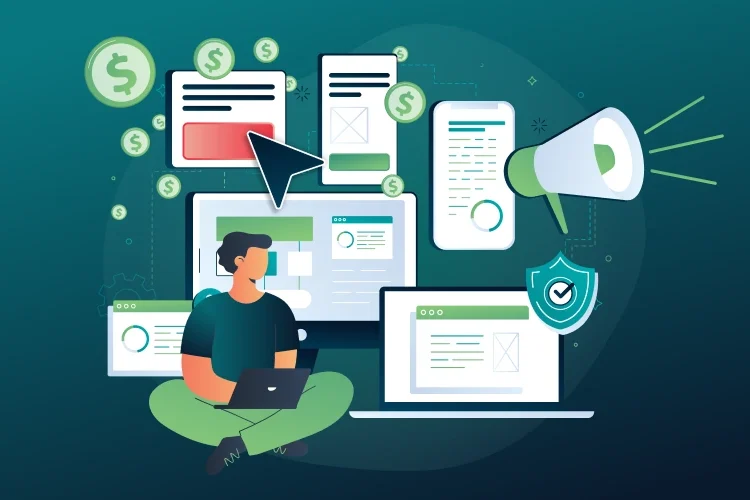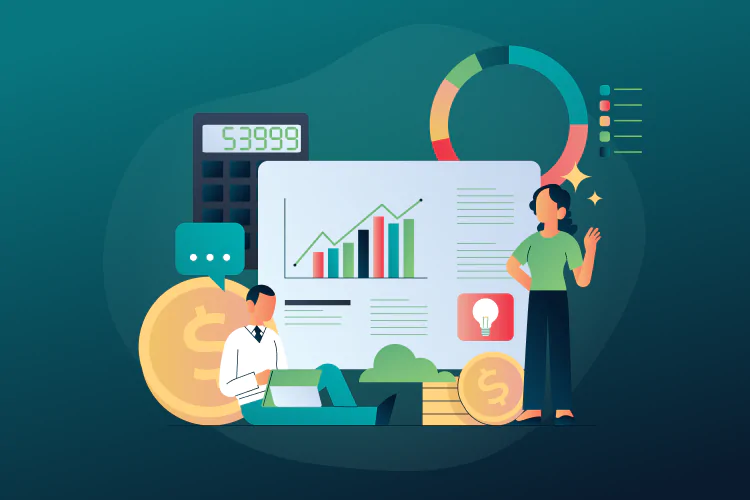
Picture this: Your marketing team spends months crafting the perfect campaign, only to watch it fall flat because no one sees it. Frustrating, right? It’s like throwing a party and forgetting to send out the invitations. That’s where demand generation swoops in—not just to fill the room, but to bring in the right crowd.
In this post, we’re not here to toss around fluff or generic advice. You’ll discover a clear, actionable breakdown of the best demand generation channels tailored to help SaaS and B2B marketers like you reach the right people, build trust, and drive real results. Let’s explore how choosing the right mix can transform your marketing strategy into a growth powerhouse.
What is Demand Generation?
Demand generation is all about sparking interest and building trust with your target audience, long before they’re ready to make a purchase. It’s the foundation that ensures your marketing and sales teams attract the right kind of attention—potential customers who are genuinely interested in what you offer.
Demand Generation vs. Lead Generation vs. Lead Nurturing
Here’s how they differ:
- Demand Generation focuses on creating awareness and interest. It brings new audiences into your orbit with high-quality content, social media campaigns, and other marketing activities.
- Lead Generation moves further down the funnel, capturing details like email addresses through tools like gated content or sign-up forms. This step turns potential leads into warm leads.
- Lead Nurturing guides those leads toward conversion by keeping them engaged with personalized emails, relevant content, and even product demonstrations.
Demand generation efforts act as the fuel for the entire sales funnel, ensuring you’re not just reaching more people but the right people—your ideal customer profile.
Why Demand Generation Matters in 2025
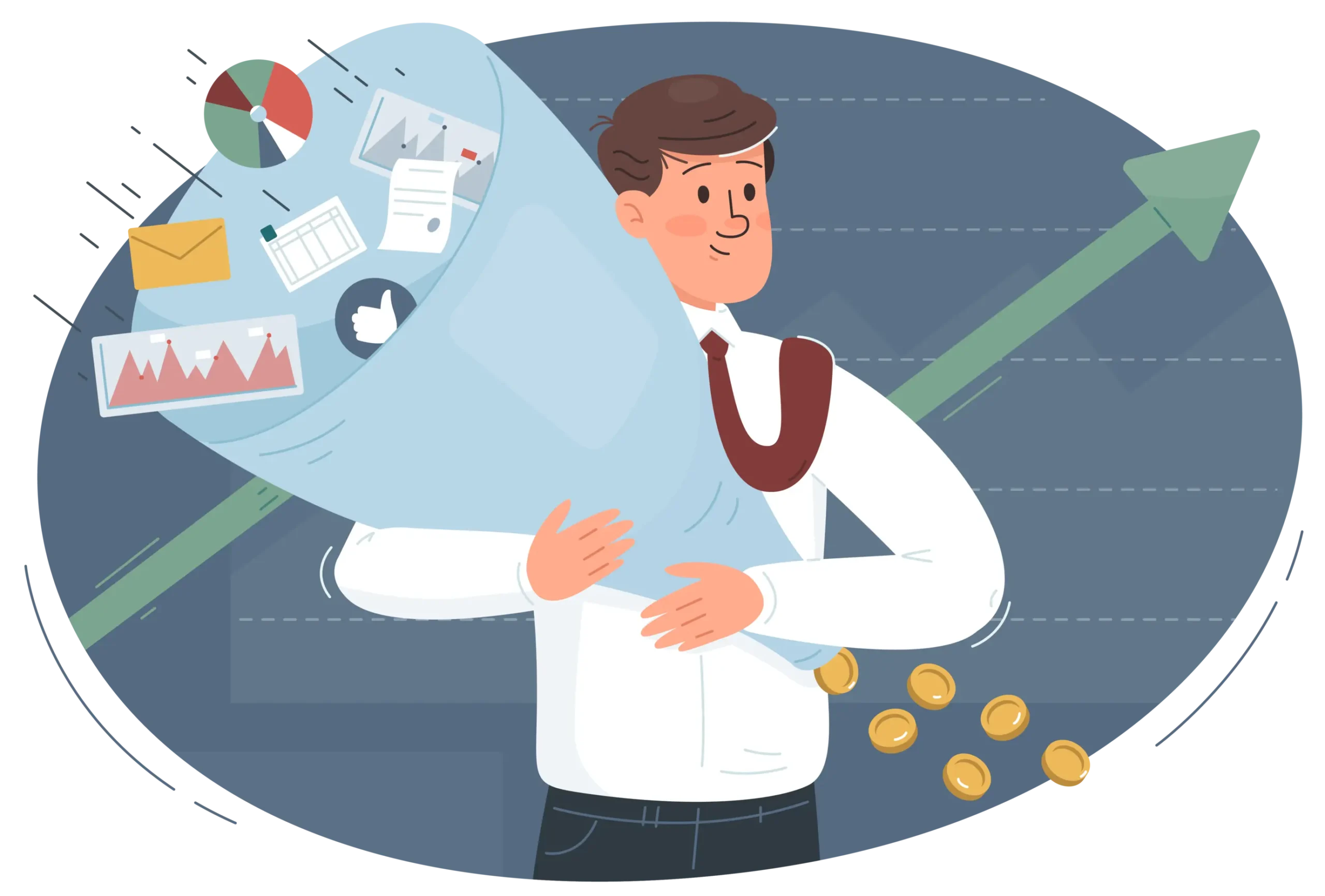
Buyer behavior has changed dramatically—most B2B buyers now self-research and make decisions before ever speaking to a sales rep. This shift means traditional marketing alone isn’t enough. Demand generation plays a critical role in reaching potential buyers early in their journey, building trust, and creating awareness.
Why It’s Important
- Effective demand generation strategies bring in high-quality leads, reducing customer acquisition costs (CAC).
- They also improve customer lifetime value by attracting loyal customers who are a better fit for your business.
Key Stats
- Thought Leadership SEO can deliver up to 748% ROI within 4–6 months.
- Webinars, a popular demand generation channel, offer 430% ROI on average.
With a well-executed demand generation strategy, you can attract the right audience, maximize your marketing budget, and build long-term customer relationships.
Top Demand Generation Channels for 2025
Based on extensive research and proven strategies, here are the top-performing demand generation channels to consider in 2025. These channels are designed to help you connect with the right audience, build trust, and drive conversions.
1. Thought Leadership & SEO
Thought leadership content, like blog posts, case studies, and whitepapers, positions your brand as an authority in your field. It’s not just about sharing information—it’s about creating valuable content that resonates with your audience and builds trust over time.
Why Thought Leadership & SEO Work Together
Combining thought leadership with search engine optimization (SEO) ensures your content reaches a wider audience. By structuring content with a hub-and-spoke model—where a central topic (hub) links to supporting, detailed content (spokes)—you improve your search engine ranking and user experience. This approach also encourages longer site visits and higher engagement.
ROI and Timeline
- Time-to-results: Typically, it takes 4–6 months to see significant traction.
- ROI: Thought leadership content combined with SEO can deliver up to 748% ROI, making it a powerful tool for demand generation.
Tips for Success
- Focus on relevant keywords that align with your audience’s search intent.
- Leverage first-party data and customer feedback to create personalized content.
- Publish consistently to maintain authority and improve visibility on search engines.
When done right, this strategy not only attracts high-quality leads but also strengthens your brand’s credibility in the long run.
2. Webinars
Webinars are an excellent way to connect with your audience while showcasing your expertise. These interactive, knowledge-sharing events create opportunities to address customer pain points and build trust in a more personal setting.
Why Webinars Work
- They engage your target audience directly and encourage two-way communication.
- Webinars can generate warm leads by providing valuable, actionable content.
- With the right follow-up, they can drive significant conversions.
Choosing the Right Topics
- Look at high-performing blog posts, social media campaigns, or FAQs to identify topics that resonate with your audience.
- Focus on challenges your potential customers face and how your product or service can help solve them.
Best Practices
- Use engaging, knowledgeable speakers who can connect with the audience.
- Include a clear structure: introduce the topic, address pain points, and provide actionable insights.
- End with a Q&A to encourage participation and clarify doubts.
ROI and Follow-Up
- ROI: Webinars can deliver up to 430% ROI within 2–4 months.
- After the event, follow up with attendees via personalized emails or product demonstrations to keep the conversation going.
Webinars offer a powerful way to educate and engage your audience while guiding them further into the sales funnel.
3. Email Marketing
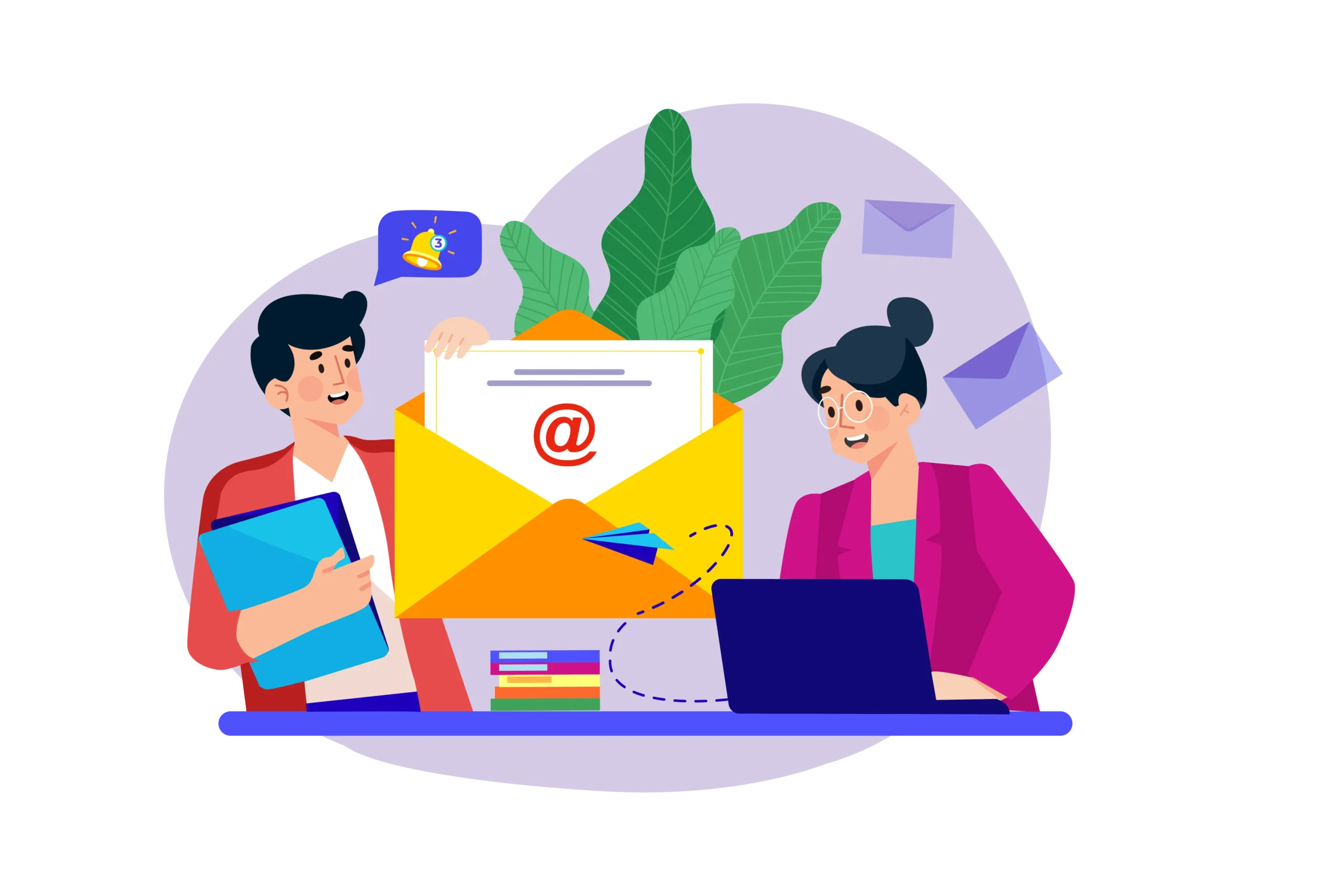
Email marketing continues to be one of the most impactful tools for demand generation, thanks to its cost-effectiveness and ability to nurture relationships over time. When done right, it helps keep your brand top-of-mind and guides potential customers through the sales cycle.
Why Email is Essential for Demand Gen
- It’s direct, personal, and reaches people where they already spend time—their inbox.
- Emails are ideal for nurturing warm leads and encouraging potential buyers to take action.
Key Components of Effective Email Campaigns
- Segmentation: Tailor your messages to specific groups based on job titles, industries, or past interactions.
- Frequency: Stay consistent but avoid overwhelming your audience. Weekly or bi-weekly works well for most industries.
- Compelling CTAs: Use clear and actionable language, such as “Download Now” or “Schedule a Demo,” to guide readers toward the next step.
Zero-Click Email Strategy
- Deliver value directly within the email itself, such as sharing tips, insights, or educational content.
- Make it easy for readers to benefit without needing to click away. This builds trust and positions your brand as a thought leader.
If you’re looking to learn more about email marketing strategies, we’ve got the perfect post for you.
Examples of Nurture Campaigns
- Send helpful blog posts or case studies to guide prospects further into the sales pipeline.
- Share invitations to webinars, product demos, or industry events.
- Highlight success stories or testimonials from happy customers.
When executed thoughtfully, email marketing not only drives conversions but also builds lasting connections with your audience.
If you need help with your email marketing campaign, check out our list of top email marketing agencies.
4. Podcasts
Podcasts are a unique demand generation channel, allowing businesses to connect with their audience in a more personal and engaging way—without requiring active attention. Listeners can tune in during their commute, workouts, or downtime, making podcasts a flexible medium for sharing your expertise.
Why Podcasts Work
- They help nurture interest by addressing topics that matter to your audience.
- Podcasts amplify your brand voice and build credibility by showcasing your expertise and personality.
- Listeners often feel a stronger connection to brands they hear from regularly.
Benefits of Podcasts
- Reach a wider audience while creating long-form, evergreen content.
- Encourage engagement through guest interviews with industry experts or discussions on trending topics.
- Build brand loyalty by consistently delivering value.
Challenges
- High CAC: Producing high-quality podcasts can be resource-intensive.
- Competition: The podcast landscape is crowded, so standing out requires strong branding and compelling content.
Podcast Listener Stats
- Over 74% of podcast listeners tune in to learn something new.
- The average listener spends more than 6 hours per week on podcasts, creating plenty of opportunities to capture attention.
Podcasts can be a powerful tool in your demand generation strategy if you’re ready to invest in consistent, high-quality production and focus on topics your audience truly cares about.
5. Social Media Marketing
Social media is a versatile demand generation channel that allows you to connect with your audience on platforms they already use. By balancing organic content with paid strategies, you can expand your reach and engage with potential customers in meaningful ways.
LinkedIn: The B2B Powerhouse
- LinkedIn is ideal for connecting with professionals and B2B buyers.
- Use organic posts like thought leadership articles, polls, and infographics to build credibility.
- Pair with targeted LinkedIn Ads to reach specific job titles, industries, or company sizes.
Trending Platforms: TikTok for Younger Professionals
- TikTok is becoming a surprising hotspot for younger business owners and professionals.
- Short, engaging videos can highlight your expertise and make your brand more approachable.
Engaging Content Types
- Videos: Perfect for sharing quick tips, case studies, or product highlights.
- Polls: Encourage interaction by asking your audience’s opinion on relevant topics.
- Infographics: Share easily digestible stats or insights that grab attention.
By tailoring your social media strategy to the right platforms and content types, you can turn social media into a powerful demand generation tool that delivers measurable results.
6. Paid Advertising (PPC/SEM)
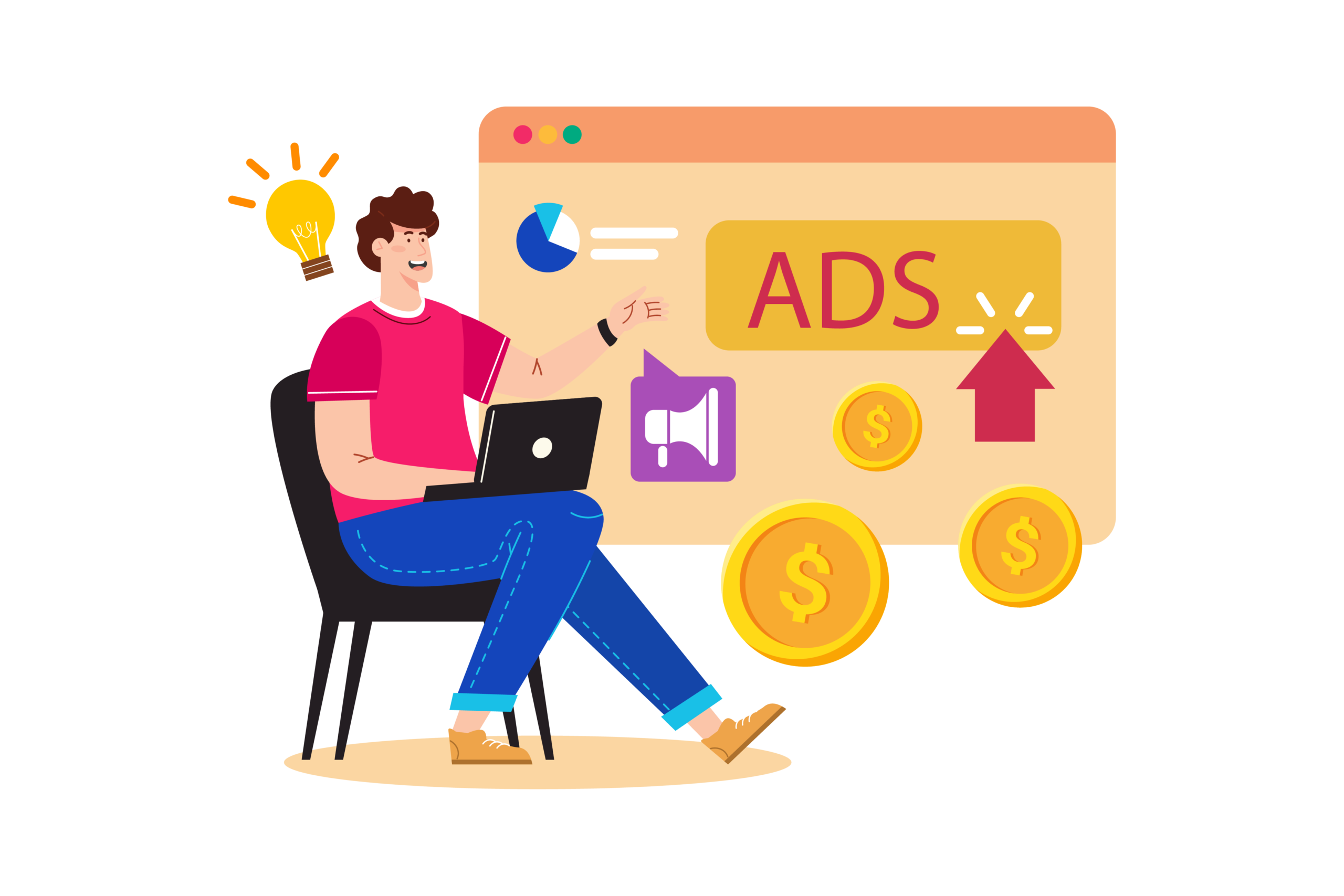
Paid advertising, including Pay-Per-Click (PPC) and Search Engine Marketing (SEM), is one of the fastest ways to gain visibility and drive immediate traffic to your website. It’s an effective channel for generating high-quality leads, especially for businesses looking for quick results.
Why PPC/SEM Works
- Your ads appear at the top of search engine results, targeting potential customers who are actively looking for solutions.
- PPC campaigns offer flexibility, allowing you to set budgets and adjust strategies in real time.
Tips for Effective Campaigns
- Keyword Targeting: Focus on relevant keywords that align with your audience’s intent. Use tools like Google Ads to identify high-performing search terms.
- Negative Keywords: Exclude irrelevant terms to prevent wasted clicks and keep your customer acquisition cost manageable.
- Landing Pages: Ensure your landing pages are optimized for conversions with clear CTAs and a seamless user experience.
For more detailed tactics, take a look at this blog post.
Combining PPC with SEO
Pairing PPC with organic SEO boosts visibility and trust. For example, appearing in both organic search results and paid ads increases the likelihood of clicks and conversions. While SEO builds long-term authority, PPC delivers instant impact.
Paid advertising is a powerful tool in demand generation strategies when managed carefully. It’s ideal for businesses that want to attract the right audience quickly while refining their broader marketing efforts.
f you need help with your PPC strategy, explore our list of leading experts
7. Account-Based Marketing (ABM)
Account-Based Marketing (ABM) is a highly focused strategy that tailors your marketing efforts to specific high-value accounts. It’s about quality over quantity, ensuring your resources are spent on the prospects most likely to convert and bring significant ROI.
Why ABM Stands Out
- It’s a personalized approach that speaks directly to the needs of target accounts.
- ABM builds stronger relationships by focusing on accounts that align closely with your ideal customer profile.
Key Use Cases
- Existing Customers: Use ABM to identify opportunities for upselling or cross-selling products to your current client base.
- High-Potential Prospects: Target accounts with clear signals of interest or intent to maximize conversion potential.
Balancing Costs and Rewards
- High CAC: ABM can be resource-intensive due to its level of personalization.
- High ROI: When executed well, the returns are worth the investment, especially with large or recurring deals.
By prioritizing fewer, more strategic accounts, ABM helps you build meaningful relationships and generate results that align with your long-term business goals.
8. Referral Programs
Referral programs turn happy customers into your best advocates by rewarding them for introducing your business to others. They’re a cost-effective way to grow your audience while building trust through personal recommendations.
Why Referral Programs Work
- Referred customers are more likely to become loyal customers because they come with built-in trust.
- They often have a higher likelihood of conversions compared to other marketing efforts.
Examples of Successful Referral Program Structures
- Double-Sided Rewards: Offer incentives to both the referrer and the new customer, such as discounts, free products, or exclusive perks.
- Tiered Rewards: Encourage ongoing referrals by offering increasing rewards based on the number of successful referrals.
- Exclusive Access: Provide access to premium features or early product launches as a reward for referrals.
By incentivizing your existing customers to share their positive experiences, referral programs can drive steady, organic growth while strengthening customer loyalty.
Choosing the Right Mix of Channels
Selecting the best demand generation channels requires balancing your budget, understanding your audience, and making the most of your available resources. Not every channel will work equally well for every business, so it’s important to prioritize wisely.
How to Prioritize
- Budget: Focus on cost-effective channels like email marketing or organic search if you’re working with limited funds. For larger budgets, consider channels like LinkedIn Ads or account-based marketing.
- Target Audience: Choose channels where your audience is most active. For example, LinkedIn is ideal for B2B buyers, while social platforms like TikTok might suit younger professionals.
- Resources: Leverage internal strengths. If you excel at creating engaging content, prioritize thought leadership and SEO. If your team is experienced with live presentations, webinars might be a better fit.
Refining Over Time
- Experiment with multiple channels to see what resonates with your audience.
- Regularly analyze performance metrics like customer acquisition cost, ROI, and engagement to adjust your strategy.
By aligning your efforts with your goals and refining them over time, you can create a mix of channels that delivers consistent, high-quality results.
Conclusion
Demand generation isn’t about doing it all—it’s about doing what works best for your business. By choosing the right mix of channels and tailoring your strategies to your audience, you can attract high-quality leads, build trust, and drive real results.
Curious about how these strategies can work for your business? Let’s make it happen. Schedule a consultation with us today and start seeing the results you’ve been aiming for!





